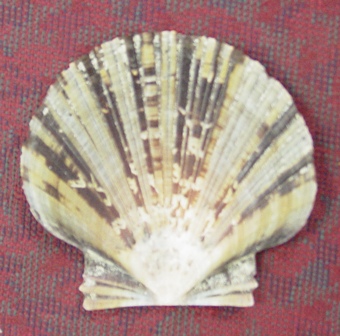Bermuda
Sand Scallop/Zigzag Scallop (Euvola (Pecten) ziczac)
Mamie V. Wise
Dr. James B. Wood - Editor
Dr. James B. Wood - Editor
|
Bermuda
Sand Scallop/Zigzag Scallop (Euvola (Pecten) ziczac)
Mamie V. Wise
Dr. James B. Wood - Editor |
